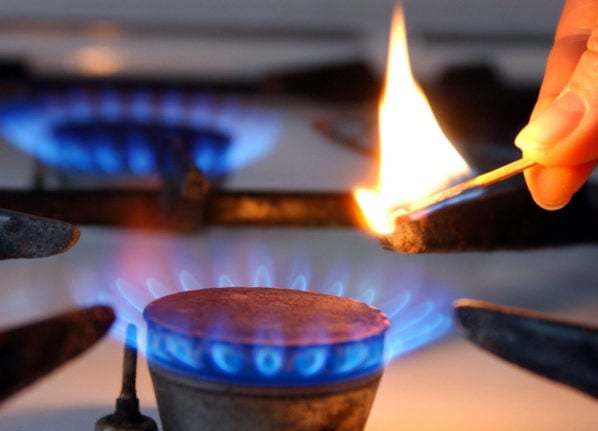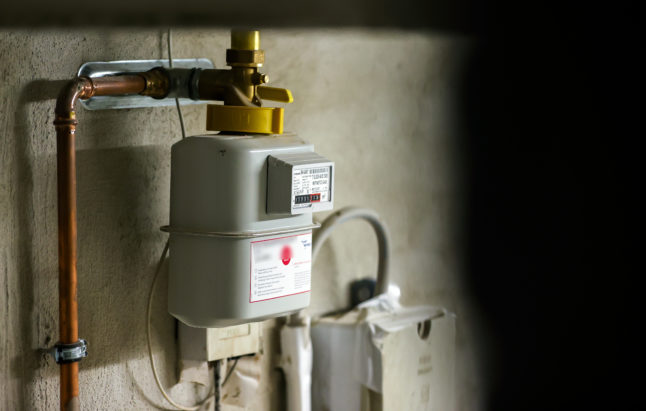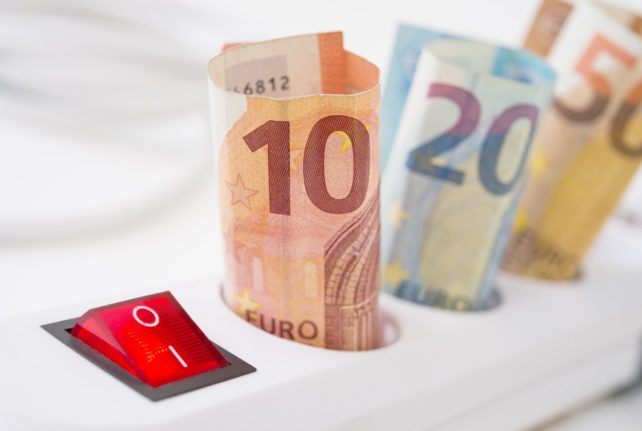What’s going on?
After dramatically reducing the supply of gas into Europe over summer, Russia took a step that many had been fearing for months and turned off the taps this September.
According to the Kremlin, the gas shut-off has to do with technical work required on the Nord Stream 1 pipeline connecting Russia with Germany and the rest of Europe. State-owned energy company Gazprom said it had discovered oil leaks in the pipeline while carrying out maintenance and claimed that “the reliability of the operation, of the whole system, is at risk,” requiring the pipeline to shut down.
The Russian gas giant had previously claimed it was unable to deliver gas supplies at full capacity through Nord Stream 1 due to a missing Siemens Energy turbine that had been undergoing repairs in Canada.
However, Germany – where the turbine is now – has claimed that Russia is blocking the return of the turbine in order to weaponise the energy supply.
In addition, Siemens Energy has said in a statement that the alleged oil leaks would not interfere with the operation of the turbine and were therefore not a valid reason to pause gas deliveries via Nord Stream 1.
READ ALSO: Russia halts gas supplies to Germany
What’s the real reason for the gas shut-off?
Many suspect it’s a tactical maneuvre designed to strong-arm the West into dropping the sanctions imposed on Russia and lessening its support for Ukraine.
At the weekend, Russian ex-president Dmitry Medvedev (56) justified the Russian gas supply stop due to the “unfriendly behaviour” of the German government. Writing on Telegram on Sunday, Medvedev described Germany as “an unfriendly country” that had imposed sanctions “against the entire Russian economy” and was supplying “lethal weapons” to Ukraine.
Meanwhile, the Kremlin has said it would “definitely” resume gas deliveries if Europe agreed to drop the economic sanctions, which are believed to be having a major impact on the Russian economy.
Does that mean there’s no gas coming from Russia whatsoever?
A tiny bit is still flowing into Germany via the Ukraine pipeline, but not in any meaningful quantities.
Most recently, gas deliveries from Russia equated to about 40 gigawatt hours (GWh) per day, compared to the approximately 350 GWh most recently supplied via Nord Stream 1 at just twenty percent of its usual capacity.
By comparison, around 2,800 GWh per day are currently being delivered from Norway, Belgium, and the Netherlands.
Can Germany still fill up its gas reserves?
So far this year, Germany has managed to beat its target of filling its gas storage facilities to 85 percent by the start of October, but experts aren’t sure whether it can still meet its targets in November.
Currently, the gas storage facilities are 86 percent full, with the government aiming to fill them up to 95 percent of capacity by November 1st.
It then wants to keep at least 40 percent of the gas in reserve until February 2023, providing additional security throughout the year and over the following winter.

Since the start of the Ukraine invasion in February, Germany has been scrambling to reduce its dependence on Russian energy products. While in April and May, Russia accounted for more than a third of Germany’s gas supplies, August saw the Russian share reduced to just nine percent, while Norway supplied 38 percent of the nation’s gas.
It means that the end of Russian gas supplies leaves Germany in a less vulnerable position that it would been otherwise. However, experts believe that, without any deliveries from Russia, filling the storage facilities to 95 percent by November 1st will be a challenge.
How long will the current reserves last?
When the gas reserves are filled to their full capacity, it can generally supply the nation’s energy needs for up to three months over winter.
At 90 percent full, the gas storage facilities can deliver 220 Terawatt hours of energy, which equates to just under two months during colder periods.
Of course, a lot depends on how cold the winter is and how much businesses and citizens heed the government’s call to reduce their energy usage. At present, the Economics Ministry is hoping that financial incentives might convince industries to find ways to slash their energy use and contribute to energy savings of around 20 percent against last year.
Are there any other backup plans in place?
Yes. At a European level, countries are relying on each other to show solidarity if supplies start to run low in some regions but not others.
So far, Austria, Denmark, and France have all agreed to supply gas to Germany in an emergency.
In addition, the government has been busy building numerous liquefied natural gas (LNG) terminals in the North Sea to assist with gas deliveries.
READ ALSO: Germany plans more LNG capacity as Russian gas dwindles
How will ordinary people be affected?
So far, the main way that ordinary households have been affected by the energy supply issues is through soaring costs on the energy market.
From October, gas customers will have to pay a levy on top of their ordinary bills and will also see prices go up as suppliers pass on much of their increased costs to consumers.

Current laws state that private households would be among the last to have their energy turned off in the event of an emergency.
However, some will have already been affected by the new energy saving rules announced by the government at the end of August, which include a ban on heating private pools and a ‘cold showers only’ rule at public swimming pools.
READ ALSO: What to know about Germany’s new energy saving rules



 Please whitelist us to continue reading.
Please whitelist us to continue reading.
Member comments